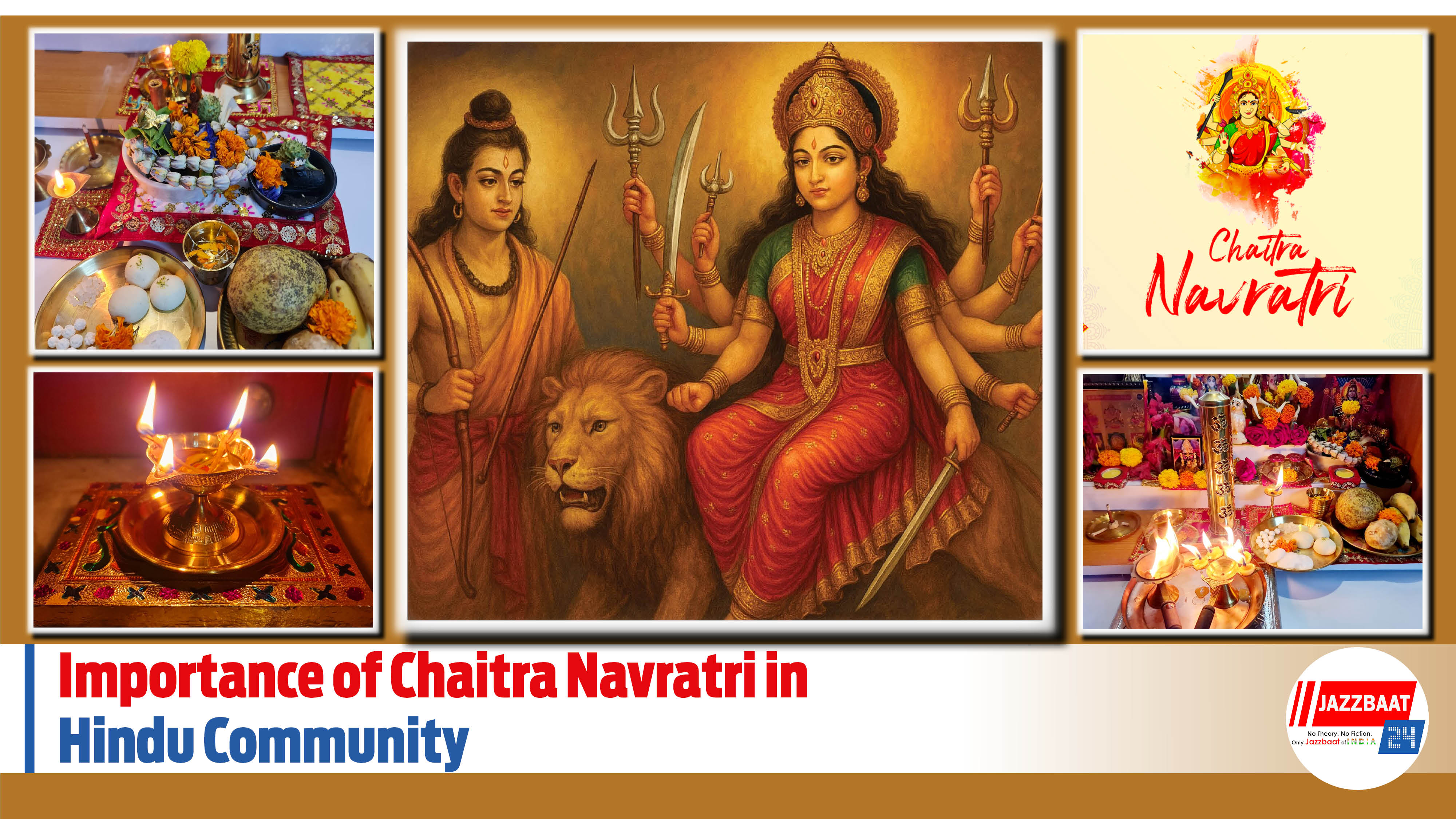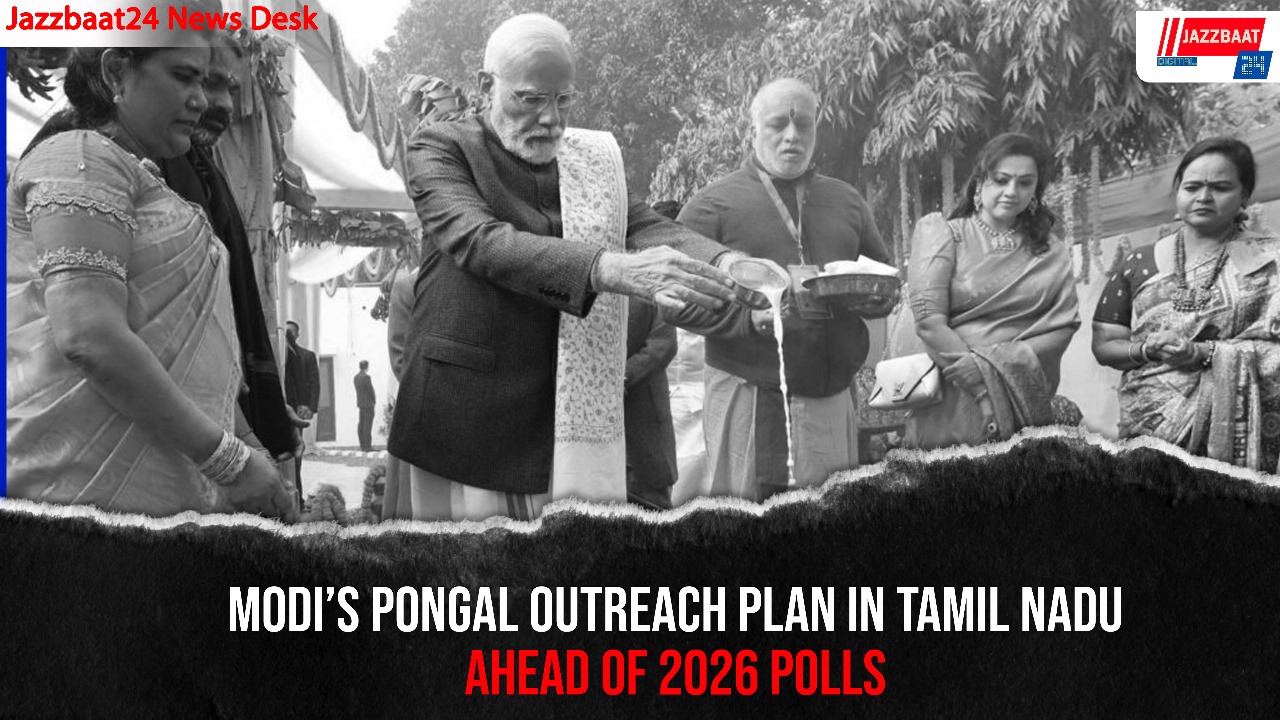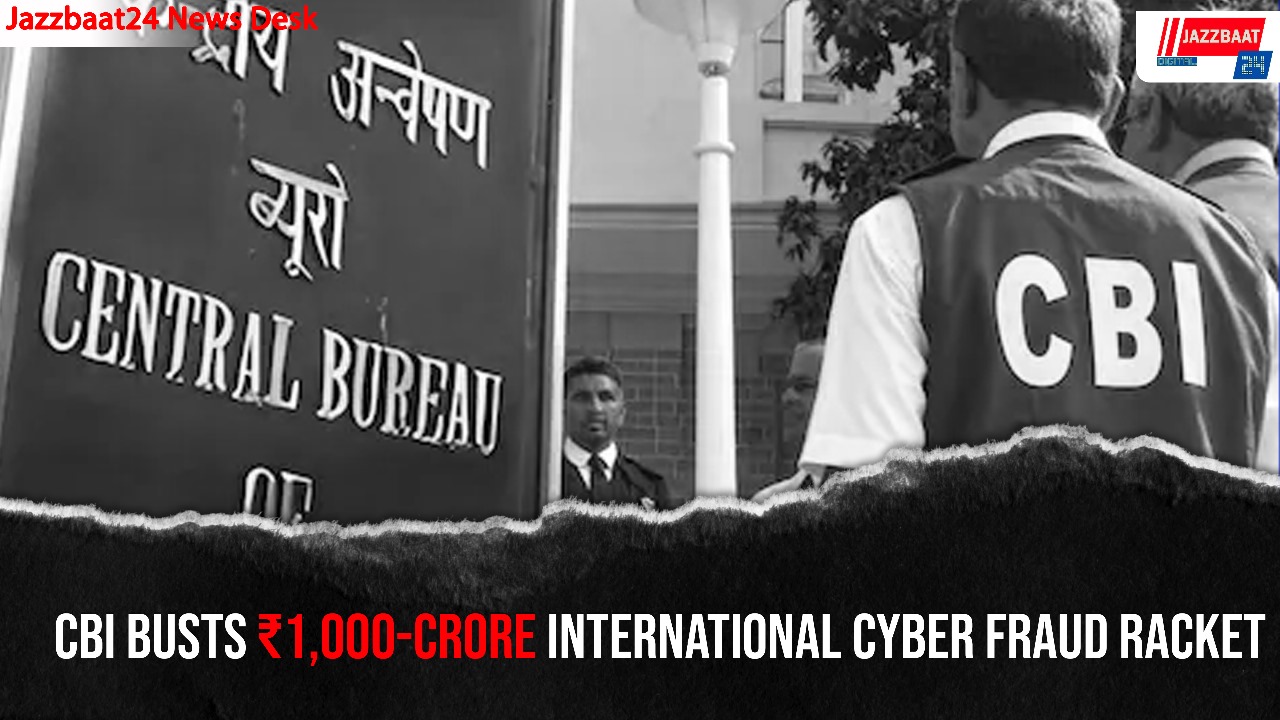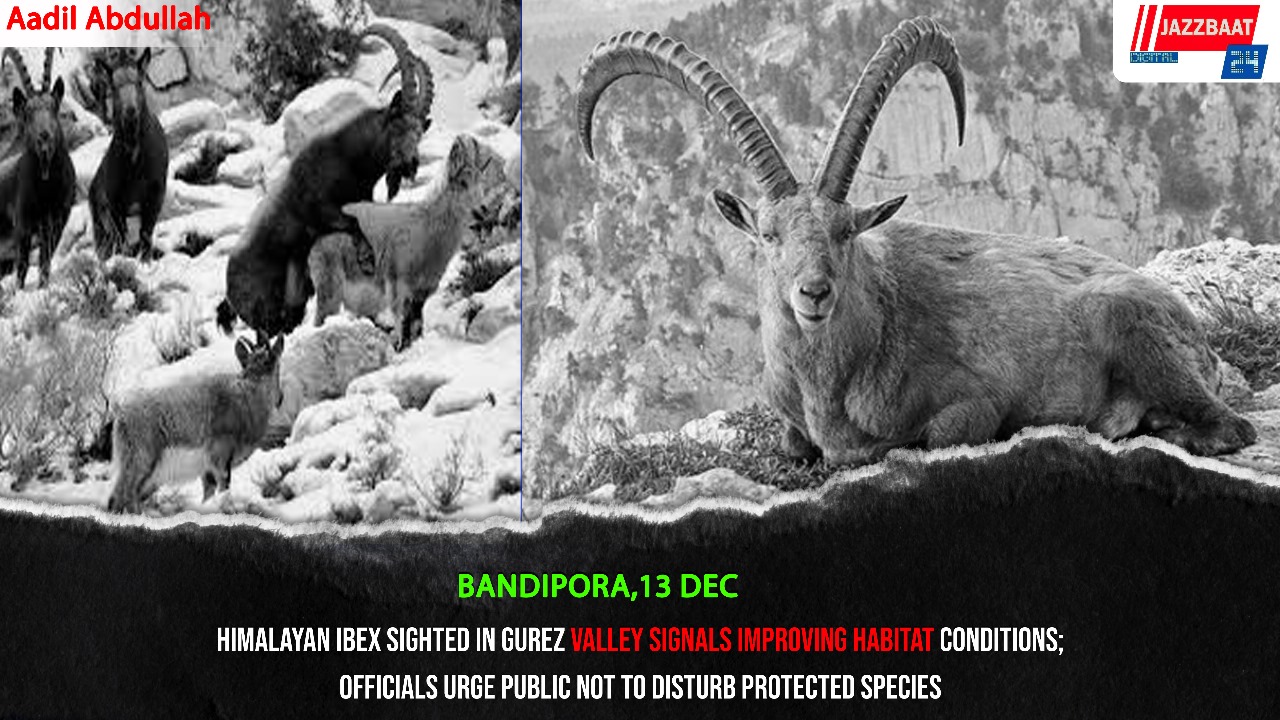Chaitra Navratri, a sacred festival which takes place between the Hindu month of Chaitra (March-April), is a divine celebration in Hindu religion. This nine-day festive season is sacred to the worshipers of Goddess Durga and her nine avatars of deity, representing the victory of virtue over vice, light over night, and intellect over ignorance. Chaitra Navratri holds significant importance besides religious status and also includes important cultural, historical, and climatic reasons.
Historical roots of Chaitra Navratri are in Hindu mythology. According to myth, Goddess Durga built the universe and all living beings within these nine days and thus fixed the beginning of the Hindu calendar year. Another extremely popular myth says that Durga went to her mother's place for nine days to seek her approval from Lord Shiva. Within these nine days, she killed the demon Mahishasura, representing good over evil.
Festival is also coinciding with Lord Rama's birthday and birth anniversary, who is believed to be the incarnation of Lord Vishnu. This gives yet another aspect of deservability for Chaitra Navratri, relating it in between worship of both Goddess Durga and Lord Rama.
Navratri is a time of purification and spirituality. These nine days are utilized by the people to feel the divine energy through prayer, meditation, fasting, and rituals. One day is dedicated to each of the nine avatars of Durga—Shailputri, Brahmacharini, Chandraghanta, Kushmanda, Skandmata, Katyayani, Kaalratri, Mahagauri, and Siddhidatri—each of which is replete with some other traits like courage, intellect, power, and sympathy.
The ceremony starts with Ghatasthapana (Kalash Sthapana), a ritual in which divine power is called upon in homes and hearts. This is followed by nine days of worship to invoke blessings for peace of mind, good health, and protection from disasters.
Chaitra Navratri is the start of the Hindu New Year in most of India. It is celebrated traditionally differently in different places under different names—Gudi Padwa in Maharashtra, Ugadi in Karnataka and Andhra Pradesh, and Navreh in Kashmir—pointing to its popularity pan-Indian.
The festival is also a common identity in Hindu culture, unifying people in congregational worship and celebration. Neighbourhoods promote devotional song (bhajans), dance (Garba and Dandiya Raas), and celebratory fairs that are consistent with local tradition. The traditions promote a sense of belonging and preservation of culture.
The date of Chaitra Navratri falls at the beginning of spring (Vasanta Ritu), the season of renewal and growth. As nature revives at this time, the devotees ritually purify their mind and soul through fasting and contemplation. Fasting during Chaitra Navratri also has practical reasons; it adapts to seasonal changes through eating light foods that keep the digestive system healthy.
The practices done during Chaitra Navratri are symbolic in nature. Flowers, fruits, prasad (holy offerings), and lighted lamps are offered to Goddess Durga in her different forms. Temple and home pujas are particularly done to seek divine blessings.
Sandhi Puja on the eighth day (Ashtami) is more significant as it is the celebration of Goddess Chamunda's victory over the demons Chanda and Munda. The ninth day ends with Rama Navami celebrations to mark the birth of Lord Rama.
Chaitra Navratri, now, has embraced a modern lifestyle without compromising on its ethos. Technology is provided widespread use for bringing people together globally through virtual pujas and live ceremonies. Social media is used to share devotional content and inviting one and all for participation.
Values of devotion, discipline, and gratitude, despite modernization, continue to be the plus point of Chaitra Navratri celebrations.
Chaitra Navratri is not just a religious festival—it is a festival of life and power of human spirit to overcome adversity by believing and enduring. Its historical background reminds the believers of their past and its spiritual ceremonies invoke them towards introspection and self-improvement.
As Hindus across India and the world celebrate this holy period annually, they reassert their devotion to divine power and also revel in eternal virtues of courage in adversity, gratitude for grace bestowed, and optimism for a better tomorrow with brighter days to come.
In the nine avatars of Goddess Durga during Chaitra Navratri, the faithful are not just commemorating her triumphs but drawing inspiration to fight their own battles with valor and perseverance—a lesson that talks profoundly in Hindu society.





